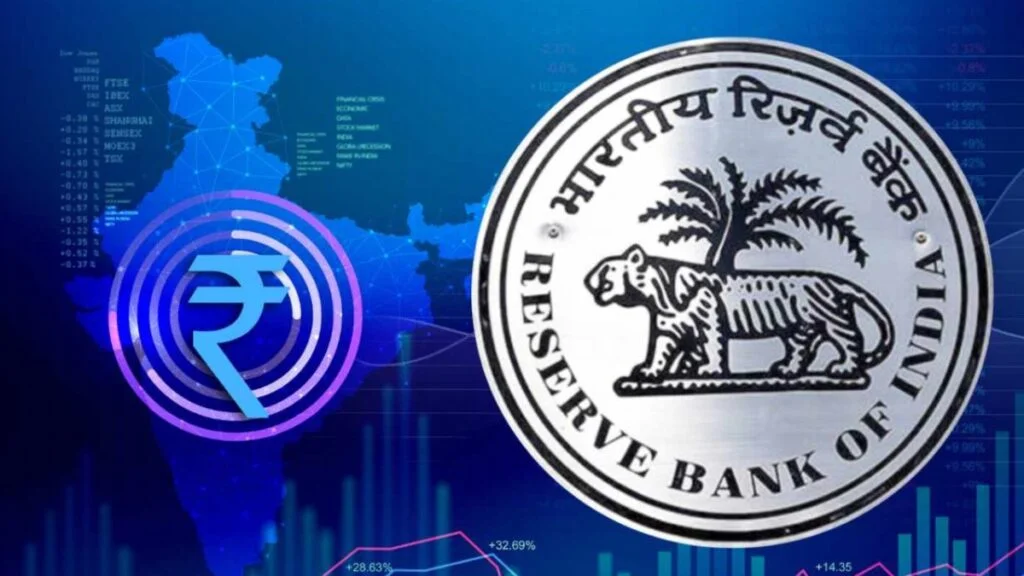The Reserve Bank of India (RBI) is on course to expand the frontiers of its Central Bank Digital Currency (CBDC), the “digital rupee”.

The Reserve Bank of India (RBI) is presently in talks with counterparts from at least 18 other nations on the potential for cross-border payments using its Central Bank Digital Currency (CBDC), the “digital rupee.”
The Economic Times published an article on June 27 regarding the ambitious foreign trade objectives the RBI has for India’s CBDC. It refers to a number of statements made in public by Shaktikanta Das, governor of the RBI.
Das stressed the value of international commerce infrastructure in a speech given in London in June. At the time, the digital rupee was expected to have 1 million domestic users by the beginning of July.
“But cross-border payments will also become much quicker, more seamless and very cost-effective. That is another area where a lot of attention needs to be given. We are constantly in dialogue with other central banks that have introduced or are introducing CBDCs.”
Since July 2022, rupee vostro accounts have reportedly been opened by banks in 18 different nations. In a different public appearance, Das discussed India’s readiness to provide the CBDC as a means of payment for buying Indian goods for nations who are short on US dollars:
“In India, we have no shortage of dollars, but in some other markets, due to a shortage of dollars, they are unable to do imports.”
The desire to preserve the nation’s U.S. dollar reserves is another justification for placing heavy bets on the digital rupee for international trade agreements:
“In the ‘taper tantrum’ period, suddenly, India had an external sector crisis, and the RBI had to attract foreign inflows by offering some incentives. We did not want to have a repeat of that situation.”
Both the wholesale and retail digital rupee pilot projects were introduced by the RBI in November 2022 and February 2023, respectively. It announced an agreement in March to examine a CBDC bridge for commerce and remittances with the Central Bank of the United Arab Emirates.
